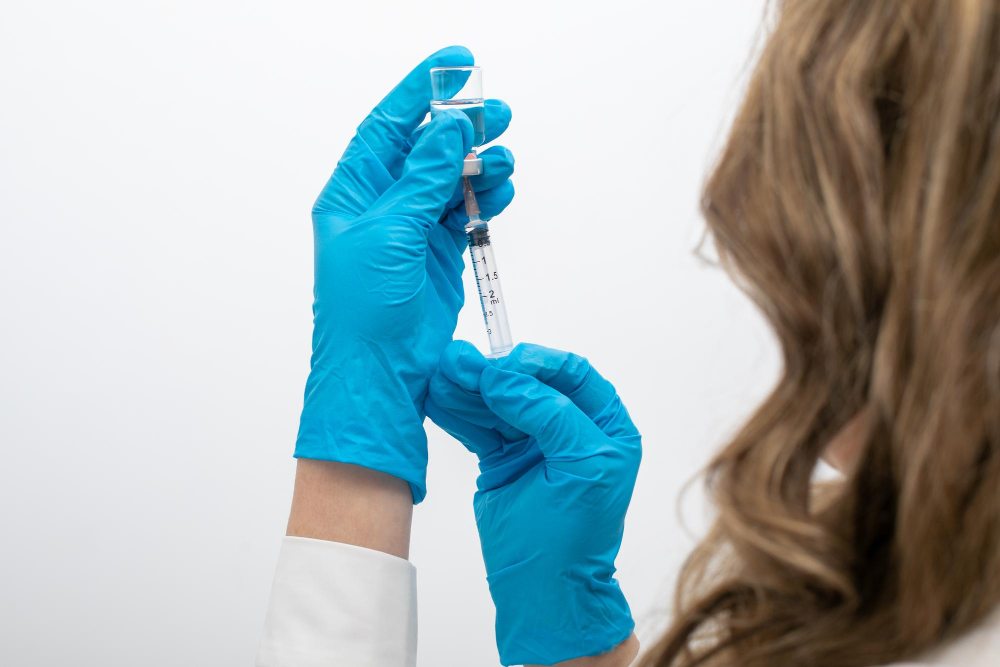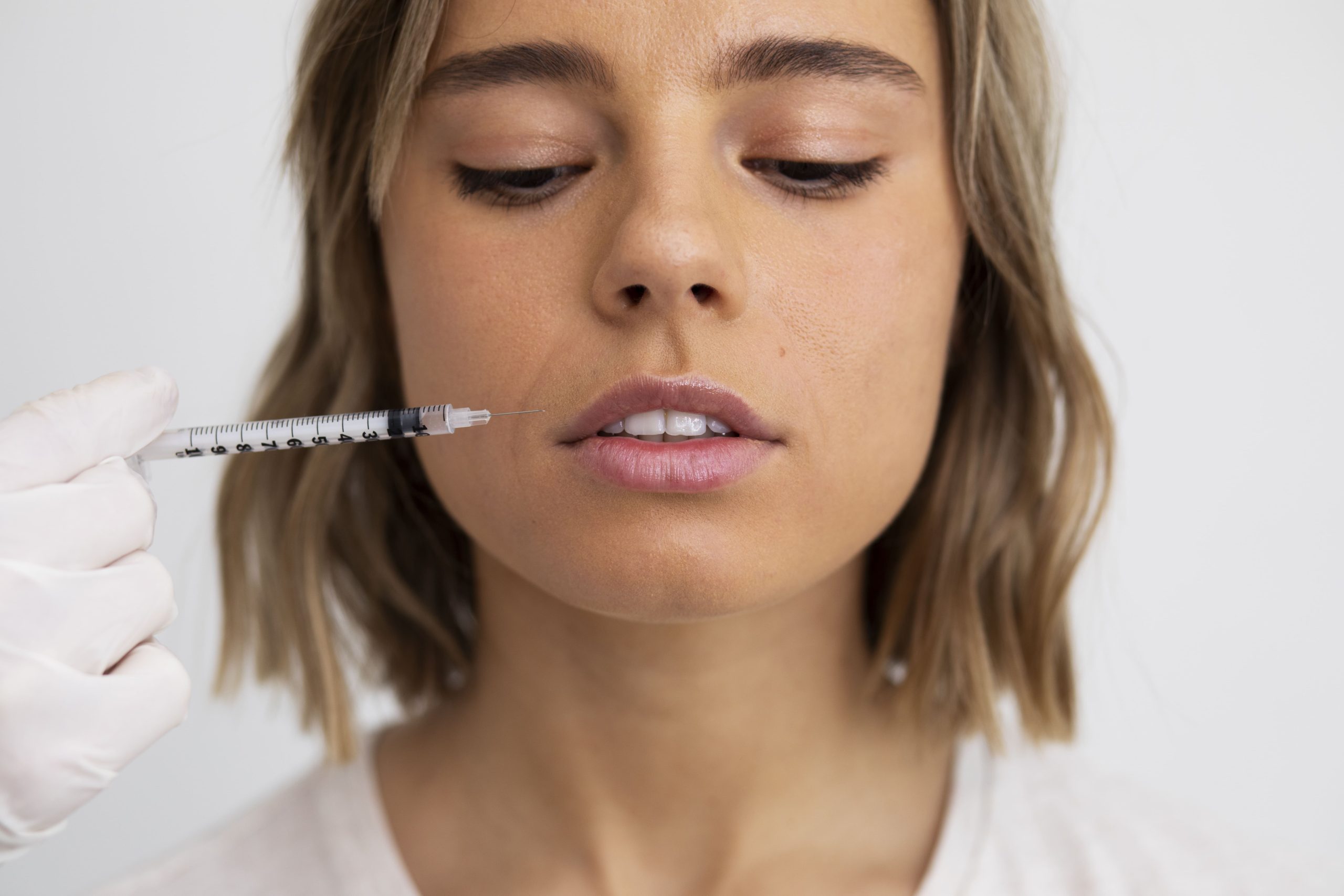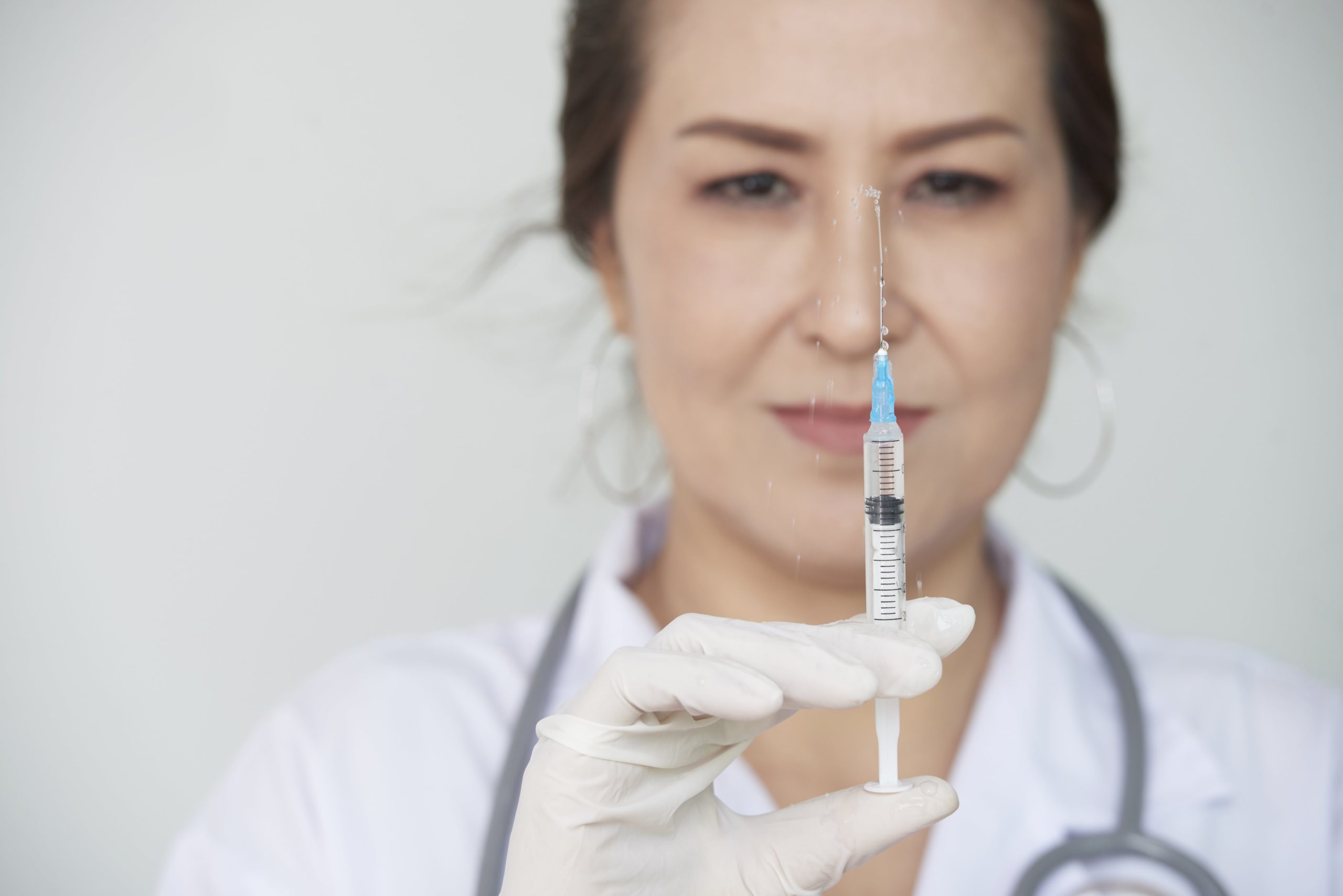Polynucleotide Injection Side Effects: What to Expect and How to Minimize Risks

Introduction to Polynucleotide Injections
Polynucleotide injections have become an increasingly popular treatment in the field of aesthetic medicine due to their ability to improve skin hydration, stimulate collagen production, and promote tissue regeneration. These injectable bio-stimulators offer a natural approach to skin rejuvenation, making them an attractive alternative to traditional dermal fillers and regenerative treatments. However, like any medical procedure, polynucleotide injections come with potential side effects. Medical aestheticians looking to purchase polynucleotides must be aware of these to ensure patient safety and optimal treatment outcomes. This article will explore the most common and rare polynucleotide injection side effects, safety considerations, patient selection criteria, and best practices for minimizing risks. Additionally, it will address whether polynucleotide injections present a safer alternative compared to other skin-rejuvenating treatments.
Common Polynucleotide Injection Side Effects
While polynucleotide benefits are many and the injections are generally well-tolerated, patients may experience mild, temporary side effects following the procedure. These effects are usually localized to the injection site and subside within a few days. The most common side effects include:
1. Redness and Irritation
- Mild redness at the injection site is a typical reaction due to the insertion of the needle or cannula.
- Usually resolves within a few hours to a day.
- Can be minimized by applying a cooling compress post-treatment.
2. Swelling
- Temporary swelling may occur due to fluid retention or mild inflammation triggered by the injected polynucleotides.
- Most cases resolve within 24-48 hours.
- Patients are advised to avoid excessive heat, such as saunas or hot showers, to reduce swelling.
3. Bruising
- Small blood vessels can be disrupted during injection, leading to minor bruising.
- Typically fades within 3-5 days.
- Pre-treatment measures like avoiding blood-thinning medications (unless medically necessary) can help reduce the risk.
4. Tenderness or Soreness
- Mild discomfort around the treated area is common, especially for sensitive patients.
- Pain relief can be managed with over-the-counter analgesics if needed.

Rare Polynucleotide Injection Side Effects
Though uncommon, some patients may experience more significant side effects, including:
1. Allergic Reactions
- Polynucleotides are highly purified and biocompatible, but in rare cases, hypersensitivity reactions can occur.
- Symptoms may include excessive swelling, itching, or redness lasting longer than expected.
- A patch test may be recommended for patients with a history of allergies.
2. Infections
- Any injectable treatment carries a minimal risk of infection if not performed under sterile conditions.
- Proper aseptic techniques should always be followed, and patients must keep the treated area clean.
3. Lumps or Nodules
- If the product is not evenly distributed, patients may experience small lumps under the skin.
- These usually resolve on their own, but gentle massage can help disperse the product.
- Using a cannula instead of a needle can reduce the likelihood of uneven distribution.
Polynucleotide Injection Contraindications
While polynucleotide treatments are safe for most individuals, certain patients may not be suitable candidates. Contraindications include:
- Pregnant or breastfeeding women – Due to a lack of clinical data on safety during pregnancy and lactation, these patients should avoid the treatment until more evidence is available.
- Patients with active skin infections – Injections should not be performed on areas affected by bacterial, viral, or fungal infections, as they can exacerbate the condition and increase the risk of complications.
- Individuals with autoimmune disorders – Conditions like lupus, rheumatoid arthritis, or multiple sclerosis may cause unpredictable immune responses to the injected polynucleotides. A consultation with a specialist is advised before proceeding.
- Those with a history of severe allergic reactions – While rare, hypersensitivity reactions to polynucleotides are possible. Patients with known sensitivities to injectable products should undergo patch testing or choose an alternative treatment.
- Patients on blood-thinning medication – Anticoagulants, such as aspirin, warfarin, or certain supplements, increase the risk of excessive bruising and bleeding at the injection site. A medical professional should assess whether temporary discontinuation is appropriate.
- Individuals with unrealistic expectations – Patients expecting instant results similar to dermal fillers may be disappointed, as polynucleotide injections work gradually to improve skin quality over time.
How to Minimize Risks and Enhance Treatment Safety
To ensure the highest level of patient safety and satisfaction, medical professionals should implement strict protocols before, during, and after the procedure. The following measures can significantly reduce risks and enhance treatment effectiveness:
1. Proper Injection Technique
- Selecting the appropriate injection depth is critical for preventing complications like bruising, swelling, and nodules.
- Utilizing a blunt-tip cannula instead of a sharp needle reduces trauma to surrounding tissues and minimizes the risk of vascular complications.
- Distributing the product evenly prevents the formation of lumps and ensures a smooth, natural-looking outcome.
- Administering the treatment slowly with gentle pressure can help decrease discomfort and inflammation.
2. Post-Treatment Care
- Patients should avoid excessive heat exposure, including saunas, steam rooms, and hot baths, for at least 48 hours post-procedure to prevent increased swelling.
- Cold compress application can reduce redness and discomfort, but ice should not be applied directly to the skin.
- Avoiding alcohol, NSAIDs, and strenuous exercise for 24-48 hours minimizes the risk of excessive bruising.
- Patients should stay hydrated and maintain a healthy skincare routine to enhance the regenerative effects of the treatment.
3. Patient Selection and Consultation
- Conducting a detailed patient consultation ensures that contraindications, medical history, and treatment expectations are fully assessed.
- Educating patients about the gradual nature of polynucleotide treatments helps set realistic expectations, as full benefits may take weeks to become apparent.
- Offering an alternative treatment plan for patients who are not suitable candidates ensures ethical and responsible practice.

Long-Term Safety: Are Polynucleotide Injections a Low-Risk Alternative?
Compared to traditional dermal fillers and PRP (platelet-rich plasma) therapy, polynucleotide injections present a relatively low-risk profile. Since they do not create artificial volume but rather enhance the skin’s natural regenerative processes, the likelihood of adverse reactions is lower. Additionally, their anti-inflammatory properties make them suitable for sensitive skin types.
Scientific studies and clinical practice suggest that polynucleotide injections are safe for long-term use, especially when administered by trained medical professionals. Unlike HA fillers, which require regular maintenance, polynucleotides stimulate collagen production for ongoing skin improvement over time.
Where to Buy Polynucleotide Injections
Medical professionals looking for high-quality polynucleotide products can buy Nucleofill and order PhilArt products from Best Buy Fillers. These brands are well-regarded for their safety, efficacy, and regenerative properties.
Conclusion
Polynucleotide injections are an innovative, low-risk option for skin rejuvenation, but understanding their potential side effects is crucial for medical aestheticians. While minor reactions like redness, swelling, and bruising are common, rare complications can be minimized with proper patient selection, skilled injection techniques, and adequate aftercare. As these treatments continue to gain traction in aesthetic medicine, their ability to stimulate collagen, improve skin texture, and offer natural-looking results makes them a valuable addition to any aesthetic practice.
For medical professionals interested in integrating polynucleotide treatments into their practice, sourcing high-quality products from reputable suppliers like Best Buy Fillers ensures the best possible outcomes for patients.
Continue reading

Radiesse or Juvederm? Which One Should You Use for Facial Contouring?
Facial contouring is more than just adding volume – it’s about sculpting definition, correcting asymmetries, and enhancing structure. Achieving those goals requires the right product, precise technique, and a deep understanding of dermal filler properties. Among the most commonly used injectables in aesthetic medicine, Radiesse and Juvederm stand out as…
Read More
Radiesse vs Sculptra: Which Collagen-Stimulating Filler Is Better?
As the popularity of natural beauty trends, like the no-makeup makeup look, continues to rise, the demand for subtle, long-lasting enhancements has reshaped the filler industry as well. More patients are turning to treatments that enhance their features while correcting concerns like uneven texture or volume loss, all without compromising…
Read More
Non-Surgical Jaw Definition: Radiesse Jaw Before and After Transformation
In the age of defined features and sculpted profiles, jawline contouring has become one of the most in-demand aesthetic procedures among both male and female patients. But not everyone is ready for surgery or permanent changes. That’s where non-surgical options like Radiesse jawline enhancement come in, offering a high-impact transformation…
Read More